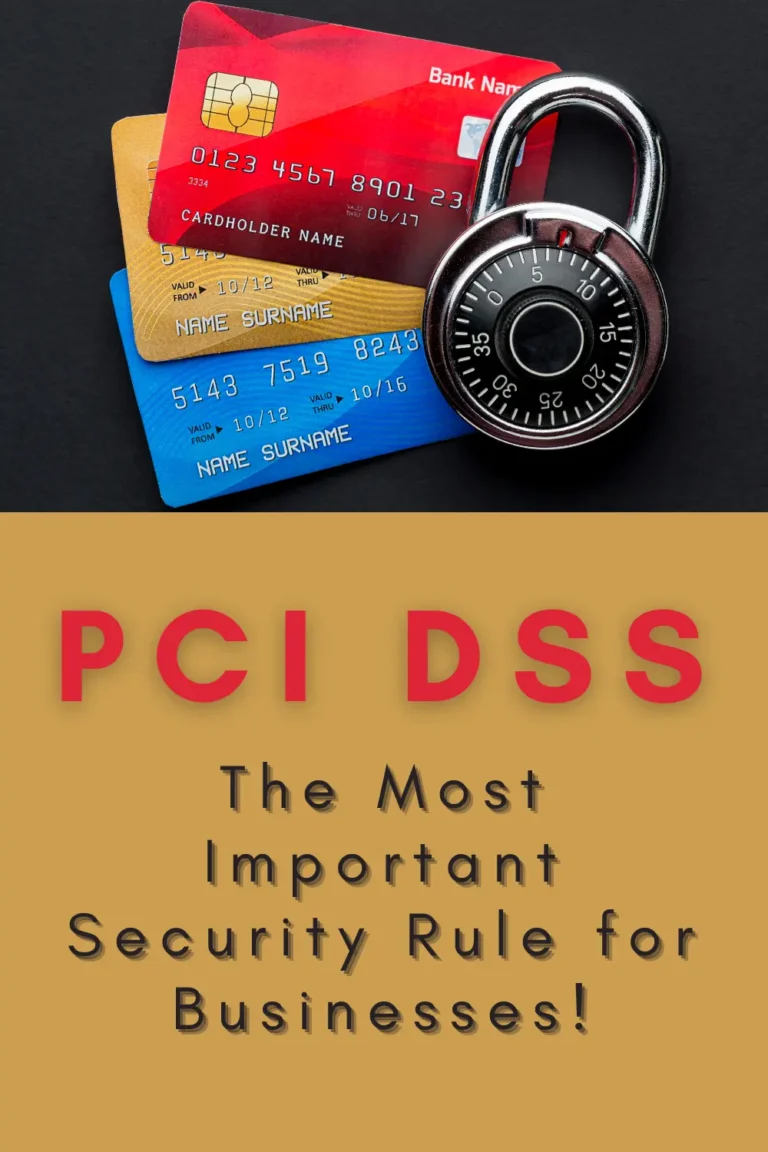Data Encryption: Everything You Need to Know to Keep Your Data Safe
Data breaches have become a common occurrence in today’s digital age. As more and more data is stored online, the risks of data breaches have increased exponentially. To protect sensitive information, data encryption has become an essential tool. Encryption ensures that data is kept safe and secure, preventing unauthorized access, theft, or data breaches.
In this article, we will cover everything you need to know about data encryption. From the basics of data encryption to advanced encryption techniques, this guide will provide you with all the information you need to keep your data safe and secure.
What is Data Encryption?
Data encryption is the process of converting plain text or data into a coded language that cannot be read or accessed by unauthorized parties. This coded language is known as ciphertext, and only authorized parties can access it through a decryption process. Encryption is a critical tool that is used to ensure the confidentiality and integrity of sensitive data.
Encryption algorithms are designed to be extremely difficult to decode, making it virtually impossible for hackers to gain access to sensitive data. Data encryption provides a layer of protection for sensitive data such as passwords, credit card details, and other confidential information that should not be accessed by unauthorized parties.
Types of Data Encryption
There are two primary types of data encryption – Symmetric Encryption and Asymmetric Encryption.
Symmetric Encryption
Symmetric encryption, also known as shared secret encryption, uses a single key to encrypt and decrypt data. The same key is used for both encryption and decryption, making it a faster and more straightforward encryption process. However, it is essential to note that anyone who has access to the key can decrypt the data.
Asymmetric Encryption
Asymmetric encryption, also known as public key encryption, uses two keys – a public key and a private key. The public key is available to anyone who wants to send encrypted messages, while the private key is kept secret and used to decrypt the data. Asymmetric encryption is more secure than symmetric encryption, as the private key is not shared and is only accessible to authorized parties.
Encryption Techniques
There are several encryption techniques that are commonly used to encrypt data. Here are some of the most popular encryption techniques:
Advanced Encryption Standard (AES)
The Advanced Encryption Standard (AES) is the most widely used encryption algorithm. AES is a symmetric key encryption algorithm that uses a block cipher to encrypt and decrypt data. AES is considered to be one of the most secure encryption techniques and is used to protect sensitive data such as financial information, military secrets, and government data.
Triple Data Encryption Standard (3DES)
Triple Data Encryption Standard (3DES) is a symmetric key encryption algorithm that uses three keys to encrypt and decrypt data. 3DES is an improvement over the original DES algorithm, providing an extra layer of protection against attacks.
RSA Encryption
RSA Encryption is an asymmetric encryption technique that uses a public key to encrypt data and a private key to decrypt it. RSA is commonly used to secure online transactions, email communication, and other sensitive data.
Blowfish Encryption
Blowfish Encryption is a symmetric key encryption algorithm that uses a variable-length key, making it a highly secure encryption technique. Blowfish is commonly used to protect passwords and other sensitive data.
5 Simple Tips for Data Encryption Safely
1: Use Strong Passwords
One of the easiest ways to protect your data is to use strong passwords. A strong password should be at least 8-12 characters long, contain a mix of upper and lowercase letters, numbers, and symbols, and be unique to each account.
2: Use Encryption Software
Encryption software is a powerful tool that can encrypt your data at rest and in transit. There are several free and paid encryption software available that you can use to encrypt your files and folders.
3: Use Two-Factor Authentication
Two-factor authentication adds an extra layer of security to your accounts. It requires you to provide two forms of identification, such as a password and a one-time code sent to your phone or email, to access your account.
4: Backup Your Data
Backing up your data is essential in case of data loss or corruption. It is recommended to use a cloud backup service that uses encryption to protect your data.
5: Keep Your Software Updated
Keeping your software updated is crucial for ensuring the latest security patches and fixes are applied. It is recommended to enable automatic updates for your software to ensure you are always protected.
FAQs
What is end-to-end encryption?
End-to-end encryption is a type of encryption that ensures the message is only readable by the sender and the recipient. It prevents anyone, including the service provider, from accessing the news.
Is encryption 100% secure?
While encryption is a robust security measure, it is not 100% secure. There are several ways to break encryption, such as brute-force attacks, social engineering, and exploiting vulnerabilities.
How Does Data Encryption Work?
Data encryption is a process of converting plaintext into ciphertext to protect it from unauthorized access. Encryption works by using a mathematical algorithm to scramble the data in such a way that it can only be unscrambled by someone with the correct key.
The encryption process typically involves three steps: key generation, encryption, and decryption.
Key generation is the process of creating a unique key that will be used to encrypt and decrypt the data. The key is usually a long string of random characters that are generated using a complex algorithm.
Encryption is the process of converting plaintext data into ciphertext using the key. The encryption algorithm takes the plaintext data and runs it through a complex mathematical function that scrambles the data into an unintelligible form.
Decryption is the process of converting the ciphertext back into plaintext using the same key that was used to encrypt it. The decryption algorithm runs the ciphertext data through a mathematical function that reverses the encryption process and produces the original plaintext data.







